Author: Devin Powell
Location: Reutlingen, Germany
After we finished exploring Berlin and all of its historical context, we decided to make use of our German Rail Flexipass—this pass allowed us 10 days of free travel anywhere in Germany and select cities outside of the country—and head on over to Köln to see the largest cathedral in Germany. We booked an AirBnB for two nights and explored the city with no set plans.
The morning of our third day in Cologne, we made our way to the train station to see what adventures awaited us in Brussels, Belgium. I’m not sure how many of you know, but Brussels is actually the “capital” of the European Union (I’ll explain my use of quotation marks later on, don’t worry). Belgium has three official languages—French, Dutch, and German—so everywhere you turned a new culture was washing over you.
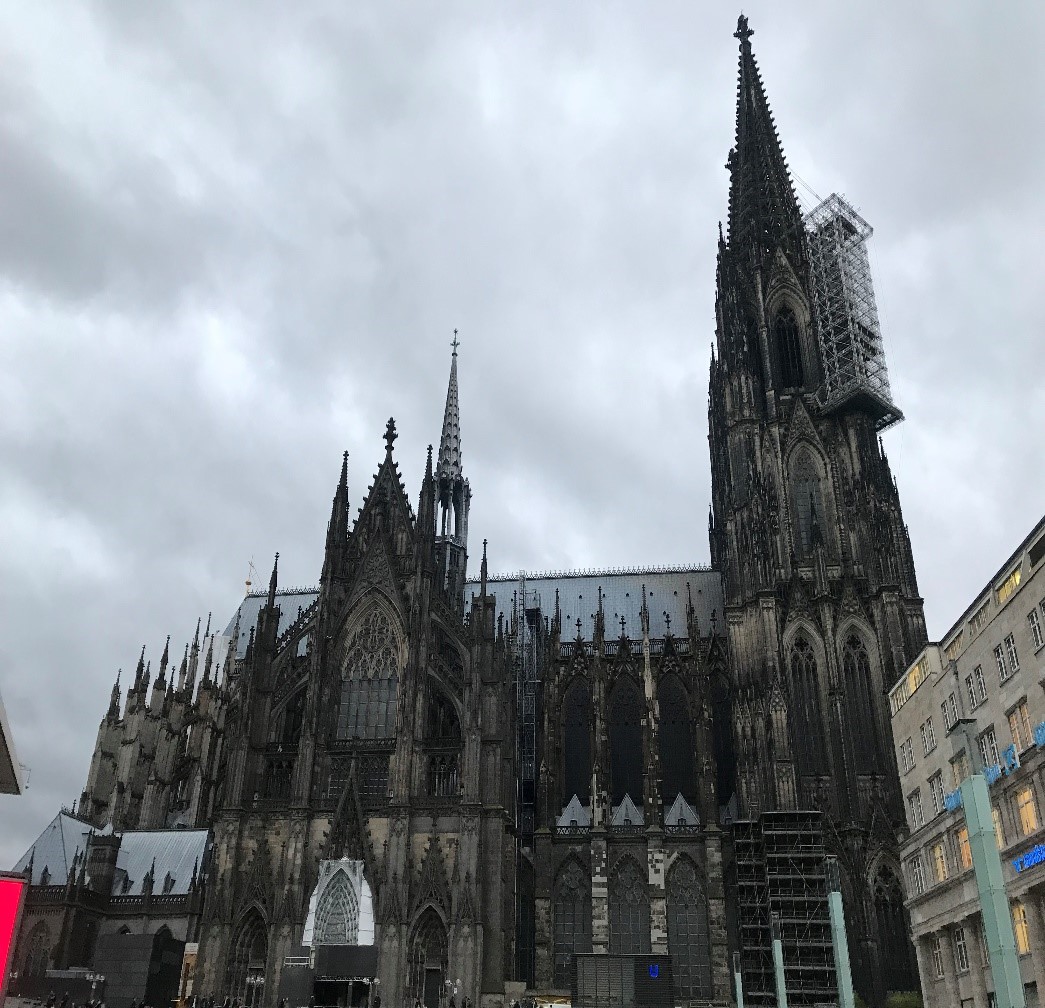
Köln Cathedral (Cologne Cathedral): This massive structure was first constructed in the year 1248 after the “Old Cathedral” was burned down on April 30 of the same year. A little over two centuries later, the cathedral remained unfinished and the project was halted in 1473 due to the lack of monetary funds and support from the people. Gradually, the construction resumed throughout the years but is still receiving repairs to this day due to the 14 hits it took during the Second World War. None of these bombs collapsed the building, but damage was certainly done. UNESCO (United Nations Educational, Scientific, and Cultural Organization) added it to the World Heritage List of important sites in 1996, making this building a protected historical monument.
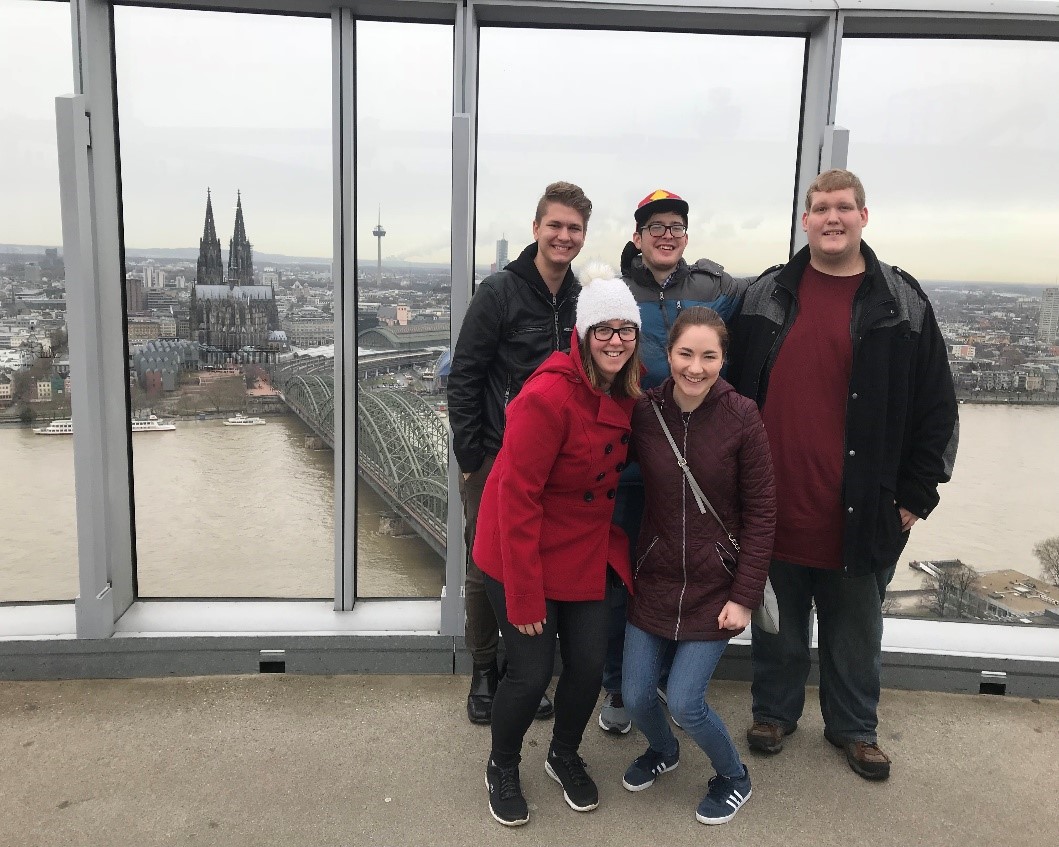
Köln Triangle: Imagine a platform that is so high above the rest of the city that you can see 360 degrees of Cologne. Well, that’s exactly what we did. For only 3 Euros we were able to go to the top of this sky deck to see the city. The glass had etchings that you could align with the real monuments with small facts about what you were viewing giving a bit of history and thrill to the experience.
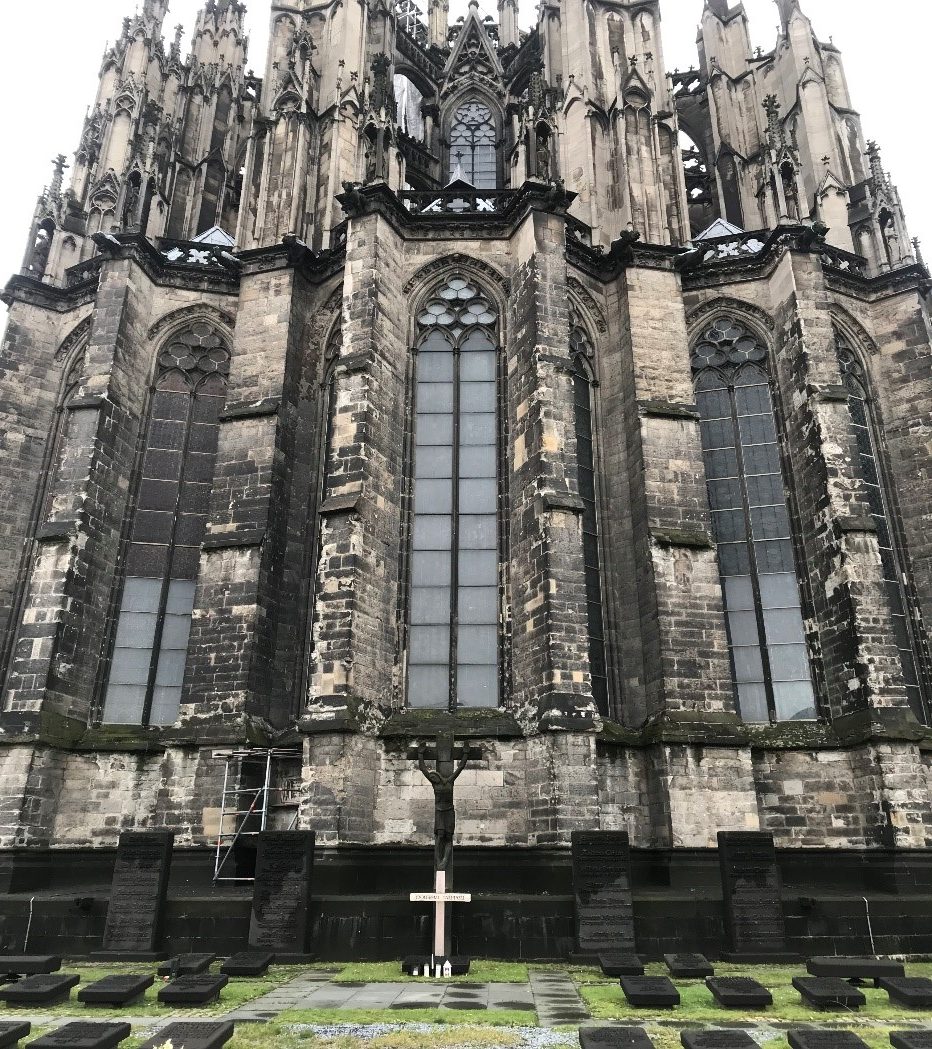
Köln Cathedral (A Closer Look): Here lie those who once preached at this very cathedral or who were nobility of the town during the old ages. This is a small cemetery on one side of the Cathedral that faces the Lower Rhine River.
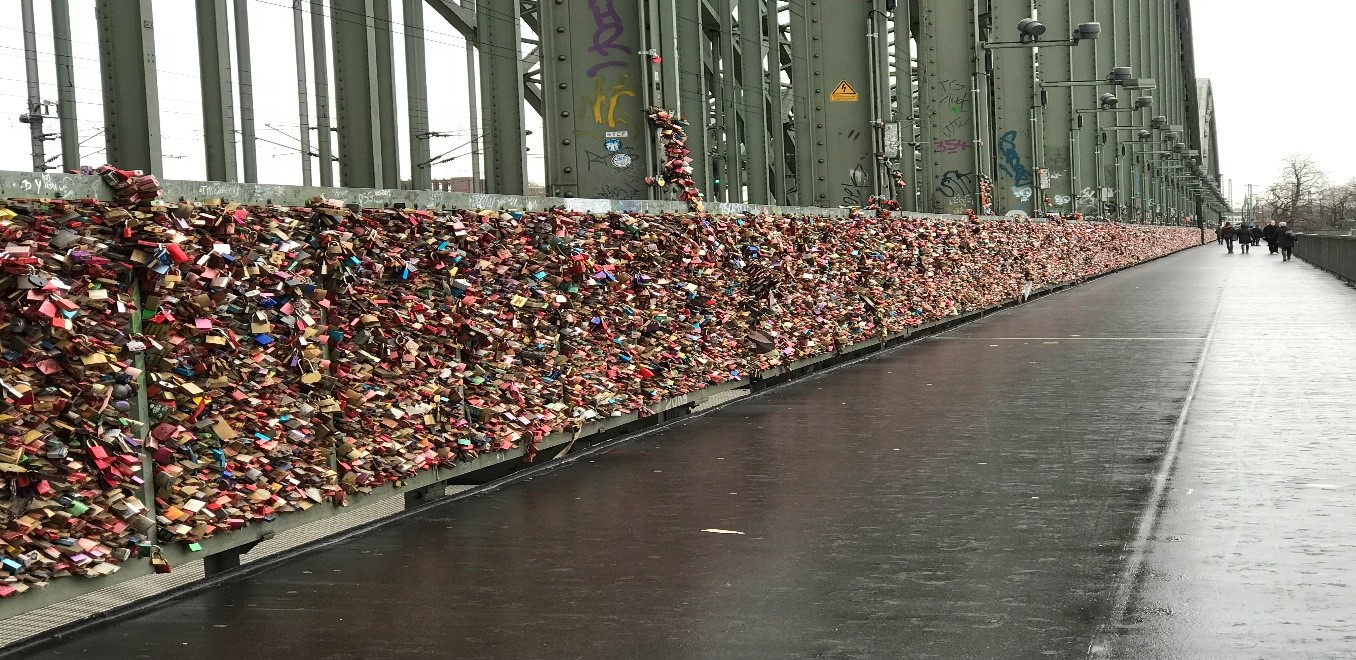
Köln Lovelocks Bridge (Hohenzollern Bridge): This bridge has become notorious (much like the Lovelock Bridge in France) for people hanging locks on the bridge that symbolize their love. Some of the locks were even dated back to the 60s or early 70s! Some of the locks weren’t your regular locks either. There were owl locks, camel locks, locks the size of someone’s head, car locks—you name it, they were there. The bridge was constructed in 1907 and finished in 1911 and has been standing ever since. Out of the seven bridges that cross the Rhine, Cologne’s bridge is the most famous.
Now let’s head on over to Brussels, Belgium!
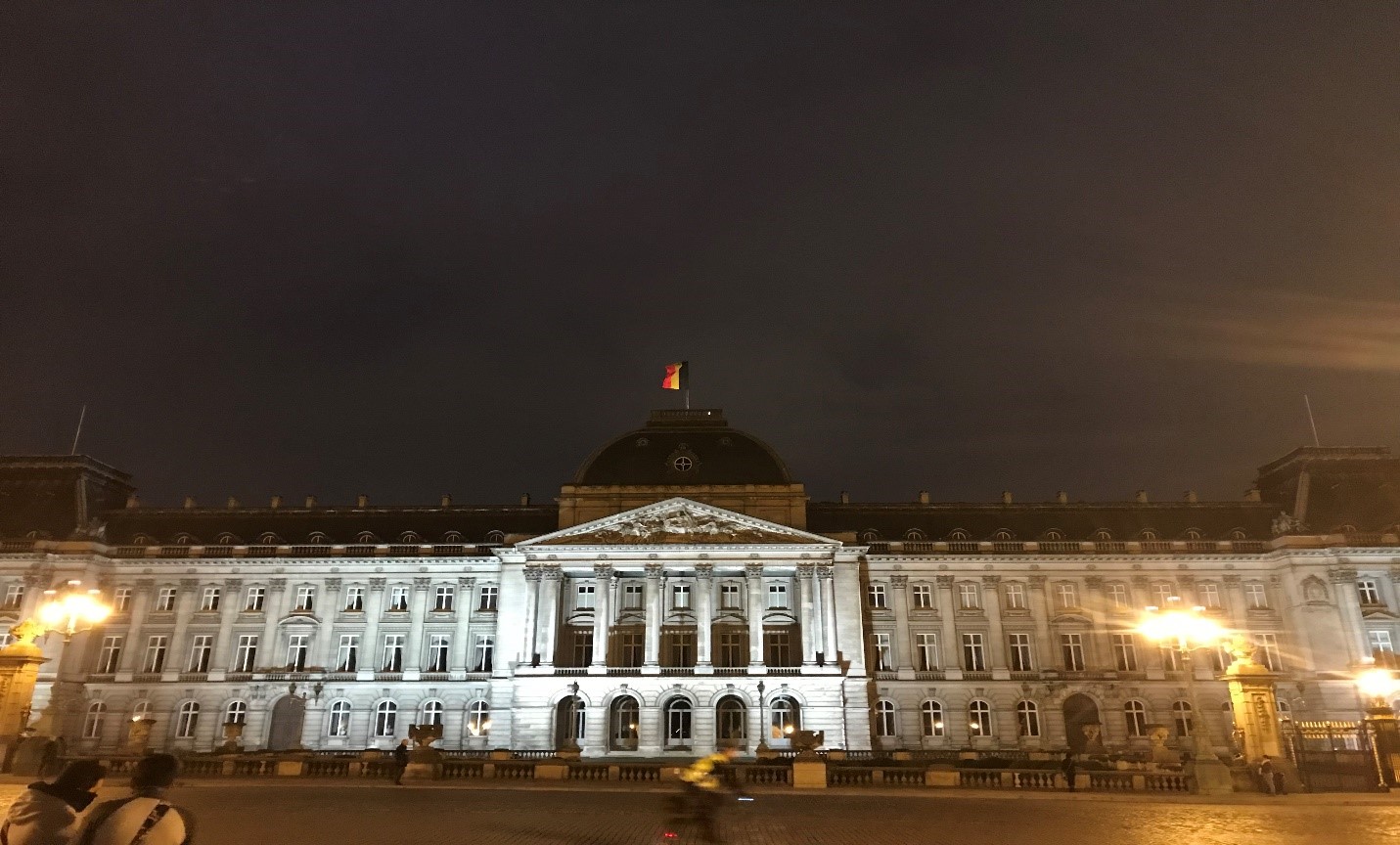
Royal Palace of Brussels (Palais Royal de Bruxelles): In case you were wondering, we got to Brussels rather late, so some of the pictures will be a little darker than others for our first day exploring the city. This was one of the first sites that caught our attention. This right here is the Royal Palace of Brussels of the King and Queen of Belgium. Now the King and Queen don’t actually reside here but live in another palace on the outskirts of Brussels instead. The palace here is smaller in floor space than the Buckingham Palace, but it is 50% longer.
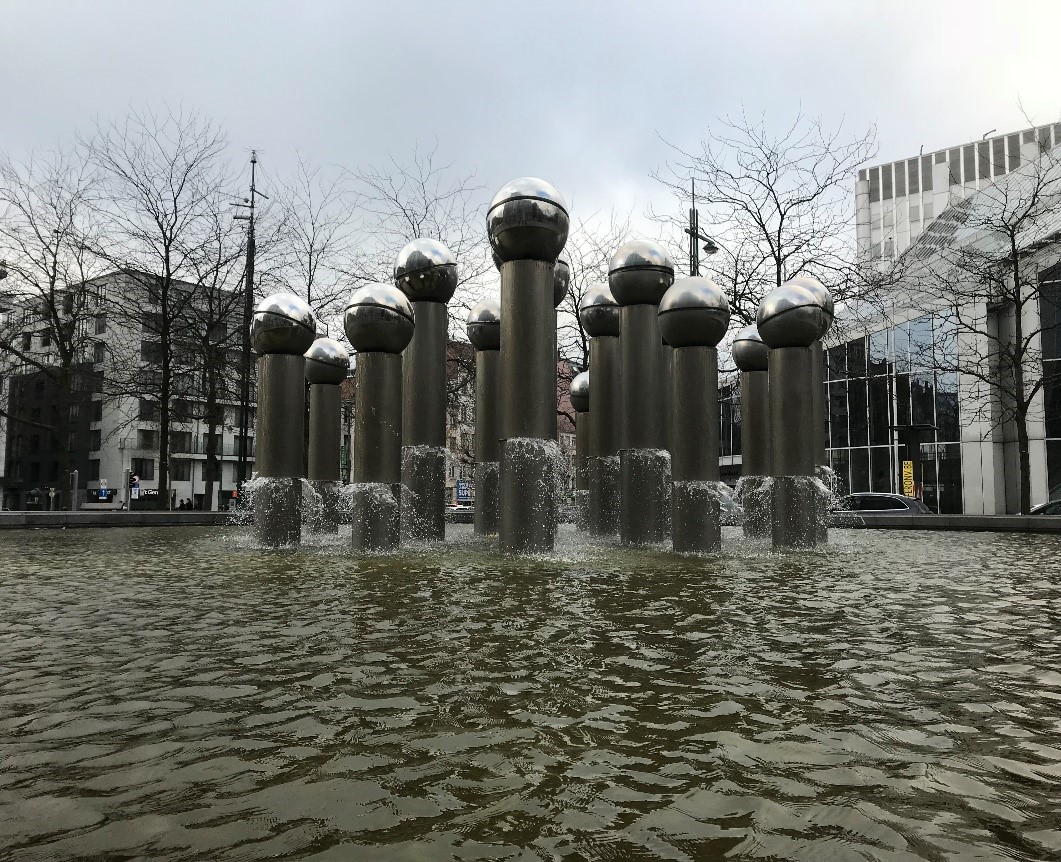
Metal Ball Fountain (La Fontaine de Pol Bury): Since Belgium does not have any lakes, rivers, or beaches, they supplement with fountains that litter the country. Brussels alone has 20 or so fountains throughout the city. Pol Bury was a Belgian architect who designed this 21 steel cylinders based fountain in downtown Brussels in 1995.
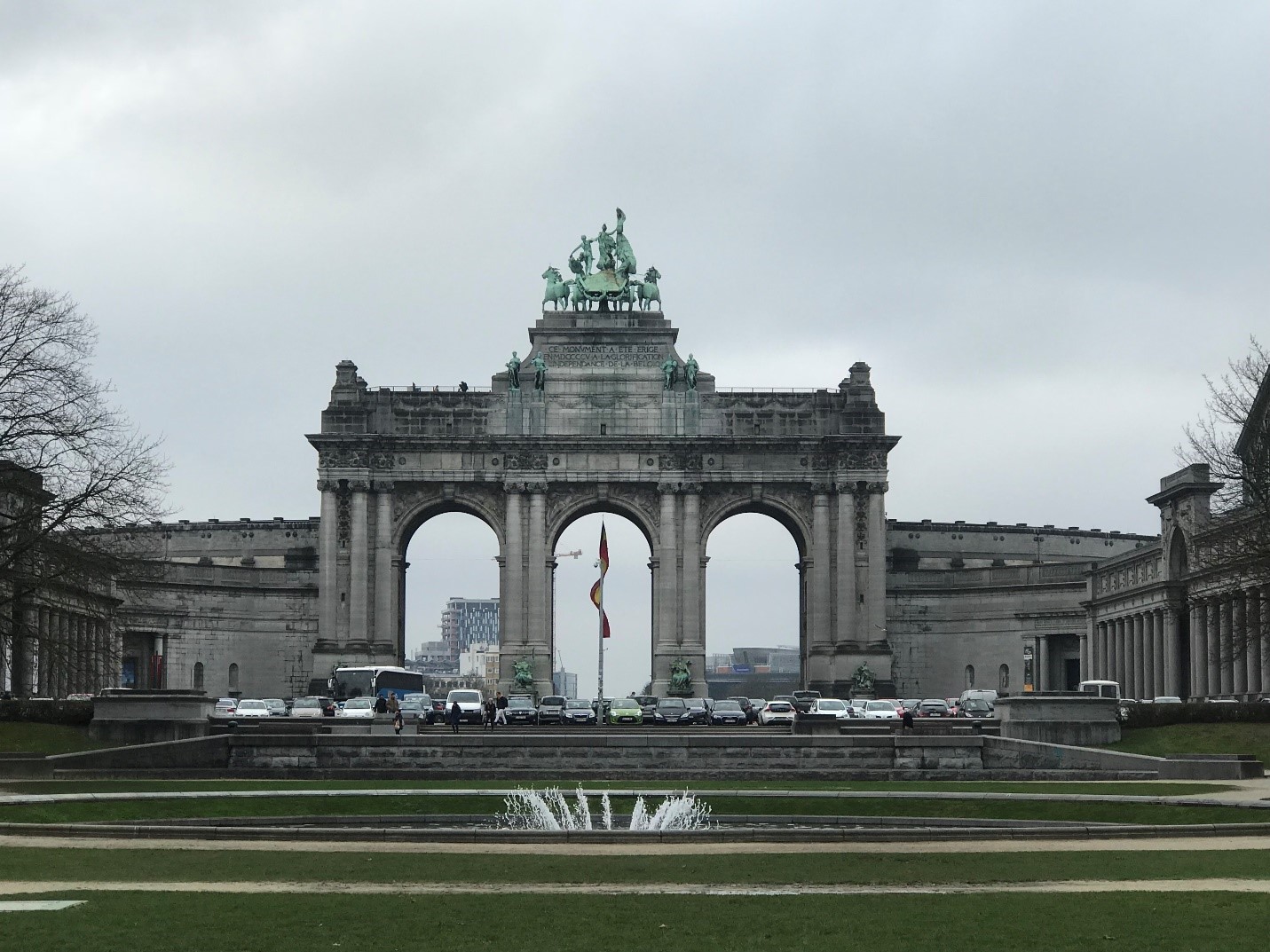
Parc du Cinquantenaire (Park of the Fiftieth Anniversary): This is the main park in downtown Brussels which was created in 1880 in order to commemorate Belgian’s independence. The centerpiece (pictured above), was created in 1905. The piece shows a woman charioteer who is raising the national flag of Belgium.
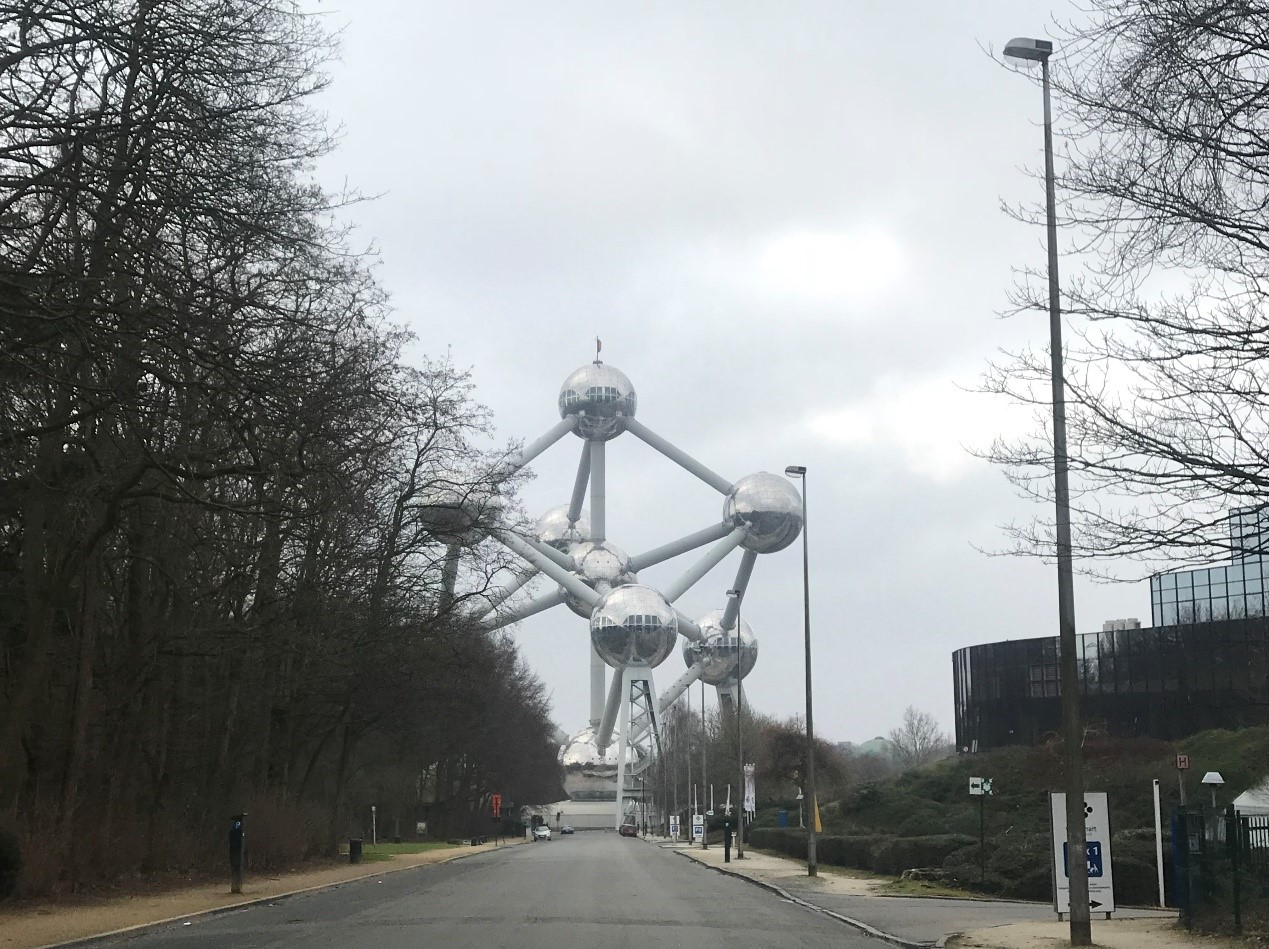
Atomium: This is the Atomium. It was originally created in 1958 for the Brussel World’s Fair. The inside is a sort of retro designed museum telling the history of the structure and also giving a 360 degree view of Brussels from the top sphere. Only 6 of the 9 spheres are accessible to the public, but the top sphere was actually closed off when we went.
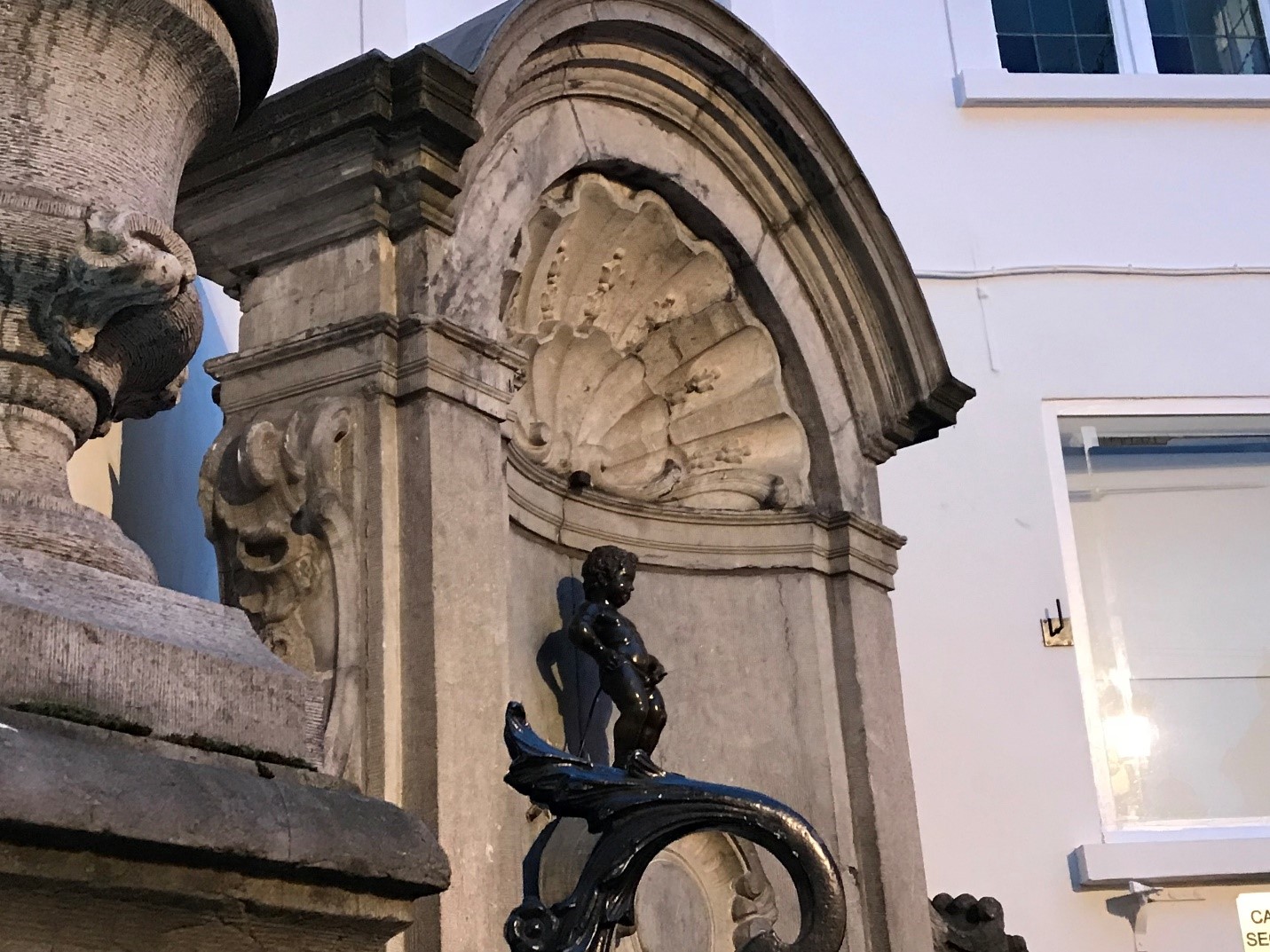
Manneken Pis (The Peeing Boy): This is one of Brussels most famous fountains and is what they’re actually pretty notorious for. Statues depicting the boy and sculptures made out of chocolate lined the streets leading up to the renowned statue. The original was erected in either 1619 and has now been replaced by a copy in 1965. The original still exists, however. You can find it in the Museum of the City of Brussels. The statue is meant to symbolize the humor and independence of the people of Brussels. It only stands at a height of 2 feet making some of the chocolate statues bigger than the actual piece!
Leave a Reply